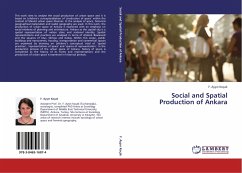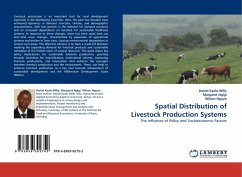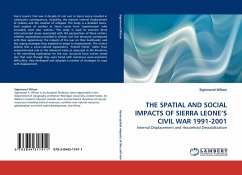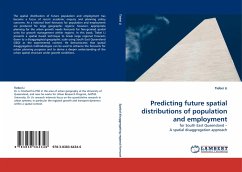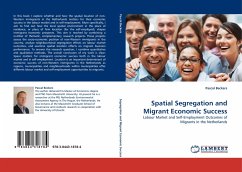This work aims to analyse the social production of urban space and it is based on Lefebvre s conceptualisation of production of space within the context of Marxist urban space theories. In the analysis of space, historical geographical materialism and realist geography are used. In this work, the production of urban space of Ankara is examined with an emphasis on social relations of planning and architecture. Ankara as the capital city is a spatial representation of nation state and national identity. Spatial representations and practices are analysed in terms of Atatürk Boulevard and the squares of Ulus, S hh ye and K z lay. Within this scope, public buildings and monuments, housing, transportation and commercial spaces are examined by drawing on Lefebvre s conceptual triad of spatial practices , representations of space and spaces of representation . In the production process of the urban space of Ankara, history of space is considered as the history of its forms and representations and the production of urban space is examined in historical periods.
Bitte wählen Sie Ihr Anliegen aus.
Rechnungen
Retourenschein anfordern
Bestellstatus
Storno

